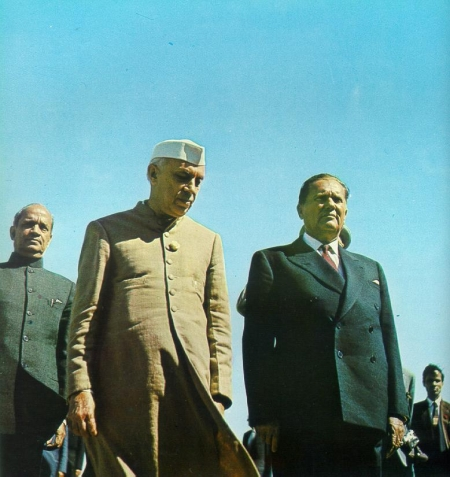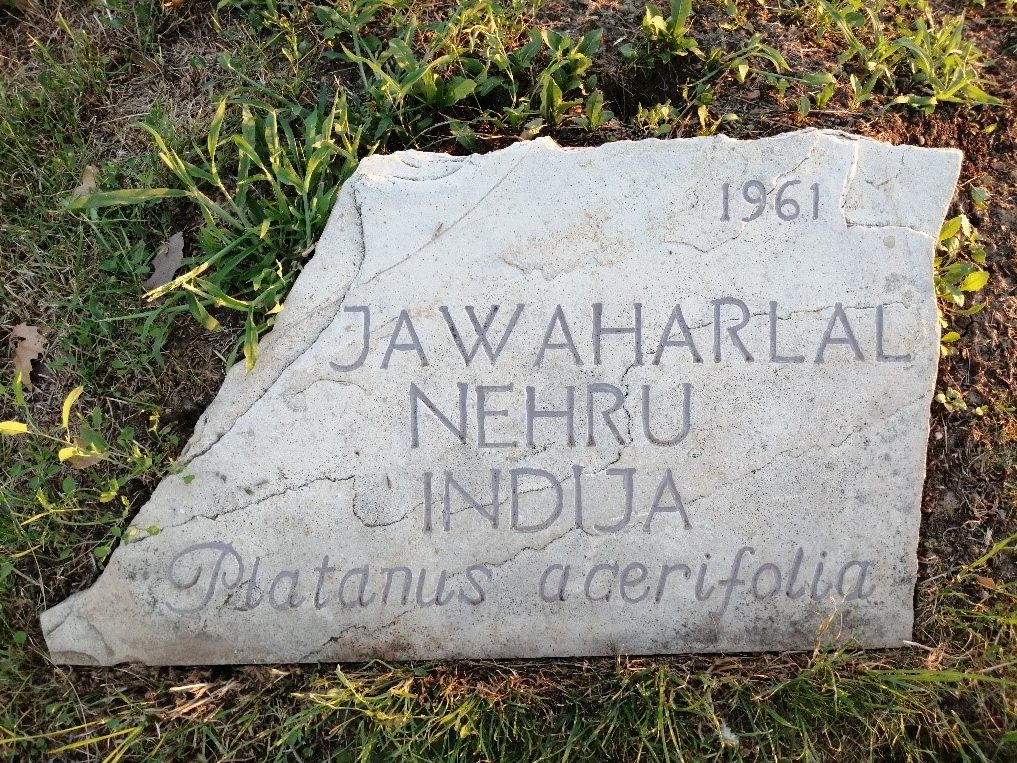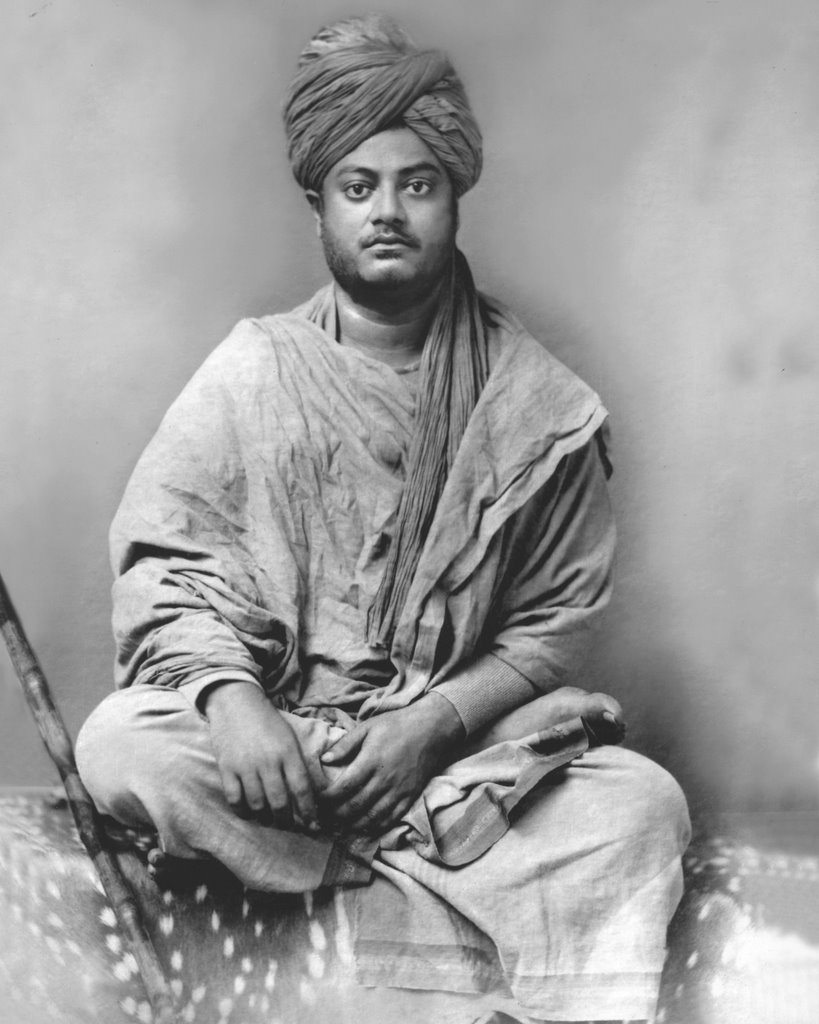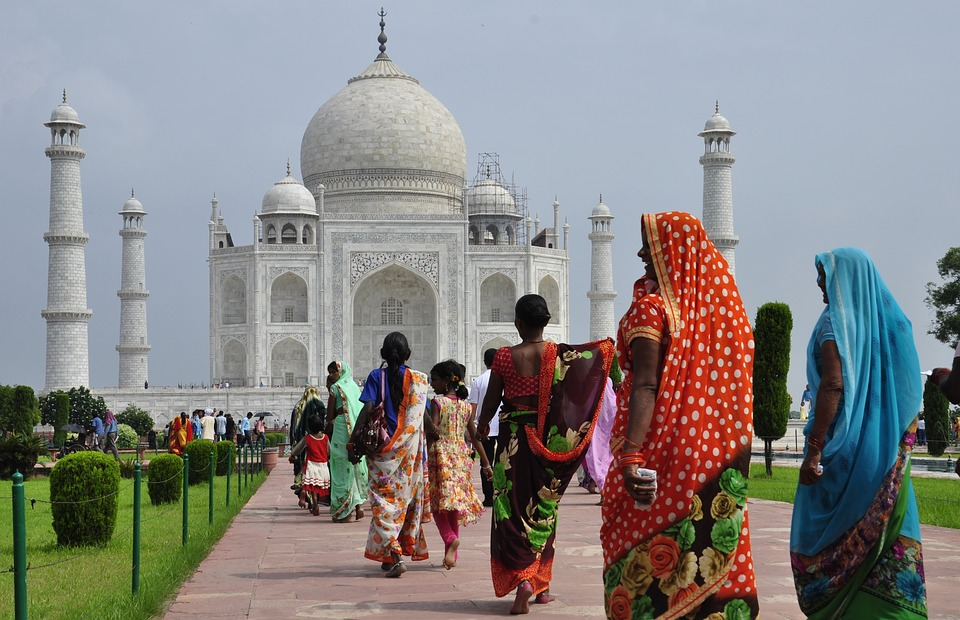NAŠ BLOG
FROM THE NON-ALIGNED, FOREVER ALIGNED AS FRIENDS
REPUBLIC OF SERBIA AND REPUBLIC OF INDIA
The Republic of India is a country of amazing contrasts, impressive history and culture, magnificent buildings, rich religion … Although it is thousands of kilometers away and so authentic that it seems drastically different from life in our country, it is one of the states with which the Republic of Serbia has maintained traditional friendship and understanding for decades.
Diplomatic relations with India were established only a year after the great victory of Mahatma Gandhi and the declaration of independence in 1947. From the very beginning until today, they are characterized by mutual respect and a constant desire to improve cooperation.
The partnership between the two countries was most intensive within the Non-Aligned Movement, at the time when Serbia was a part of the Federal People’s Republic of Yugoslavia and under the leadership of Josip Broz Tito.
Tito, together with the Prime Minister of India Jawaharlal Nehru and the President of Egypt Gamal Abdel Nasser, signed a declaration on cooperation in Brijuni in 1956. In this manner the Non-Aligned Movement – a group of countries which did not take either the East or the West side – was established. Within this organisation, the Federal People’s Republic of Yugoslavia and the Republic of India profiled themselves as important factors of international peace and stability. The movement included 120 member states and 17 observer countries.
Jawaharlal Nehru and Josip Broz Tito

Tito was the first president of a European country to have visited India after it gained independence. The official visit lasted from December 22, 1954 to January 8, 1955. He spent the New Year in Calcutta, a city which has long been considered the cultural capital of India, where he attended a dance peformance with Nehru followed by a gala dinner on his ship Galeb. Nehru visited Belgrade a year later.
As a reflection of the deepest respect and alliance, Tito presented Nehru for his 70th birthday with one of the most valuable state gifts during his presidential term – a painting by Paja Jovanovic – Her First Performance. On the other hand, Tito’s popularity in India at the time was best illustrated by the fact that many parents named their children after this Yugoslav leader.
In 1961, the First Summit of the Non-Aligned Movement was held in Belgrade, which was also attended by the Indian Prime Minister. On that occasion, he planted, like the other participants, a plane tree which still exists today in the Alley of Peace in the New Belgrade Friendship Park near Usce. The symbolism of this tree is in its longevity, which promotes the idea of establishing lasting peace in the world. The trees are at a distance of eight meters from each other, so that at a certain height of their growth, their tops would merge and form a single green string.
A plaque under a plane tree planted by Jawaharlal Nehru on the occasion of the First Summit of the Non-Aligned Movement held in Belgrade in 1961

As a reminder of this historical period, two streets of modern Belgrade are named of Indian politicians – Gandhi and Nehru. They are also adorned with the busts of these revolutionaries, which today remind us of the greatness of their work. Jawaharlal Nehru was also declared honorary citizen of Belgrade.
Although the Non-Aligned Movement abated in the late 1970s, India and Serbia, which in the meantime went through different political forms, remained friends, respecting each other.
In 2018, the 70th anniversary of diplomatic relations between the two countries was marked by various events. High-level visits were also organised – the First Deputy Prime Minister and Minister of Foreign Affairs Ivica Dačić paid a visit to New Delhi, while the Republic of Serbia was visited by the Deputy Prime Minister of India Mr. Venkaia Naidu. Previously, Aleksandar Vucic in the capacity of Prime Minister of the Republic of Serbia visited India and participated in the Vibrant Gujarat Summit.
As part of this jubilee, the Post Office of Serbia issued a special edition of stamps with the image of Swami Vivekananda, an Indian philosopher and spiritual teacher.
Swami Vivekananda

Today, Serbia and India have close cooperation in the United Nations, in the fight against terrorism. India is one of the many countries which, observing the sovereignty and territorial integrity of the Republic of Serbia, has not recognized the independence of Kosovo and Metohija, which further strengthens the friendly ties between the two countries.
In the end, we return to the beginning and to the statement of the Indian Prime Minister Nehru from 1955 during his visit to Belgrade: “The distance that divides us has disappeared in the meeting of our thoughts and the foundations have been laid for a friendship which I believe will be lasting.” Although the age of the non-aligned is behind us, we are witnessing that this belief is coming true, and that both countries have been trying to intensify cooperation in the last few years.
The officials emphasize their readiness for further development of economic relations, improving trade exchange, and the development of cooperation in numerous industries. India is experiencing a remarkable economic growth, and, as experts say, it is also the driver of global development.
Meanwhile, in the lives of ordinary citizens, no matter how geographically distant, the influence of this country is omnipresent. Indian food, yoga, philosophy of life and geographical and tourist sights have deeply integrated into modern global, including Serbian society, making it richer in their own way.
Taj Mahal Mausoleum








 2018
2018